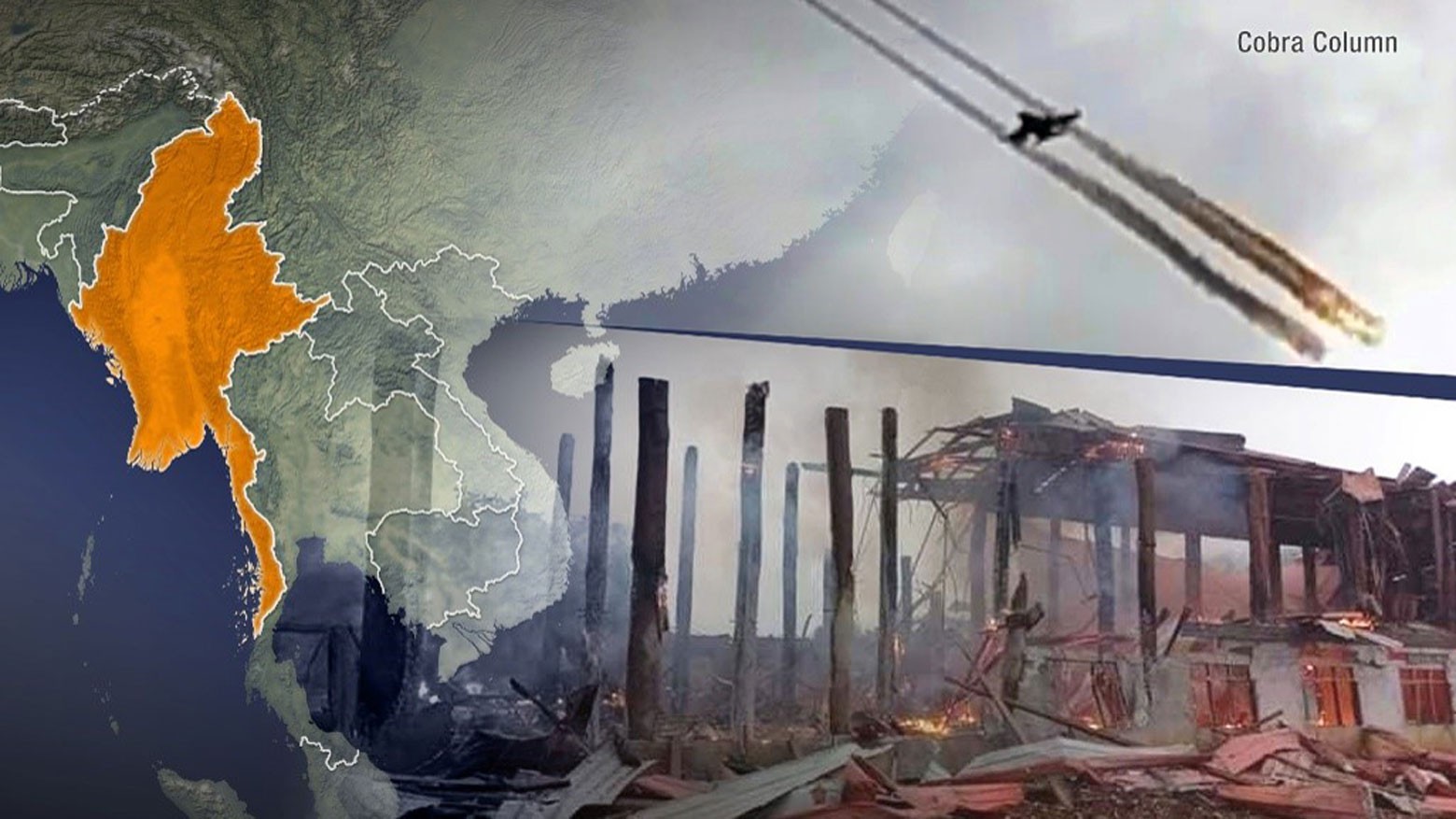Civilians under fire
Since coming to power in a 2021 coup, the junta has focused its attacks on areas where resistance forces have been particularly active. Between October, 2021 and the end of September, 2022, it launched 190 attacks on civilian targets. In one attack in September, it bombed a school in the northwestern region of Sagaing, killing at least 12 people. A teacher said she was wounded while trying to lead a girl to shelter.
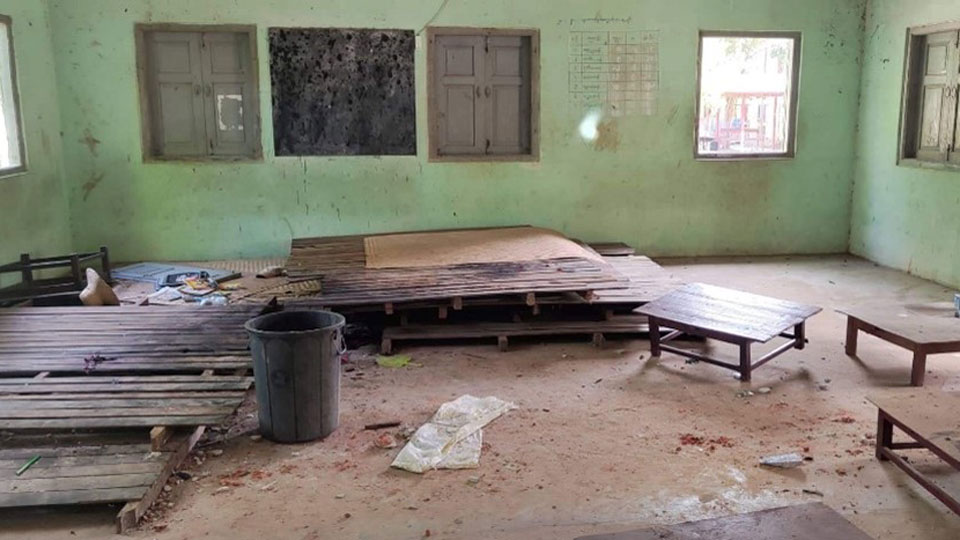
In the southeastern state of Karen on October 6, a midnight airstrike burned a monastery to the ground. More than 40 children who were living there managed to evacuate, but are now homeless.
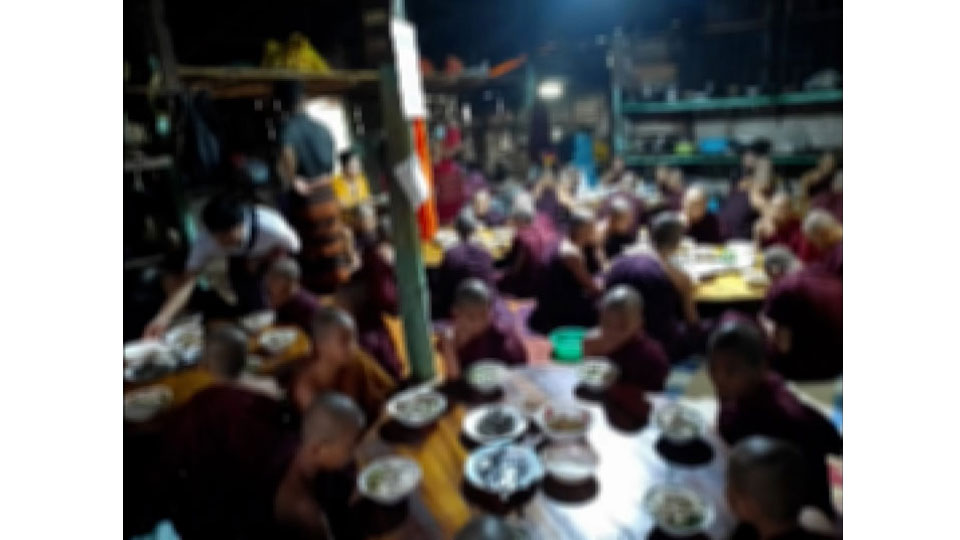
Two weeks later, the military targeted a nighttime concert in the northernmost state of Kachin. Reports say at least 50 were killed. The Kachin Independence Organization, a local ethnic armed group, put the death toll at 62.
The military described the attack as a necessary operation against insurgents. It denies there were any civilian casualties. But a filmmaker who has covered Kachin since the coup says the venue was nothing but a gathering place for locals.
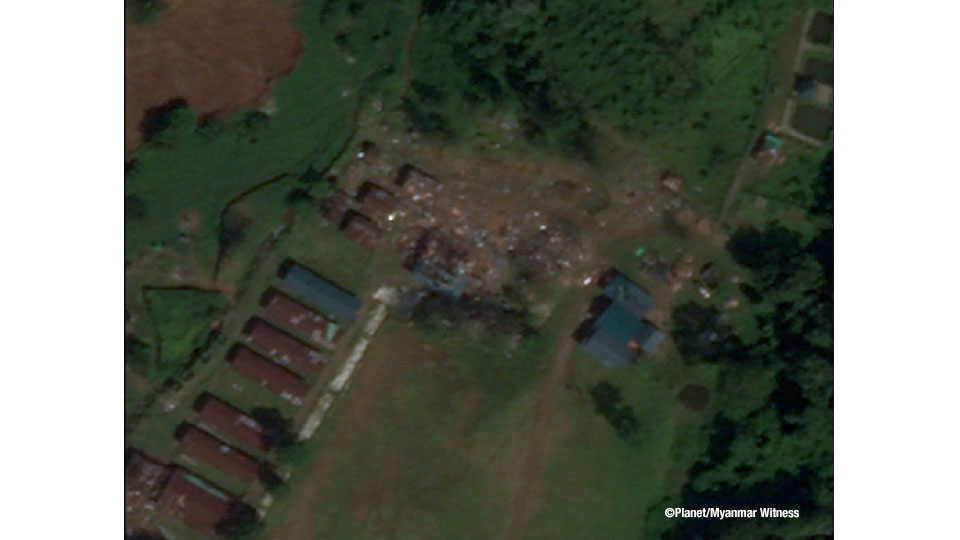
The United Nations refugee agency estimates the conflict has led to the internal displacement of more than 1.1 million people since the coup.
Major Bo Salone of the ethnic armed group Kawthoolei Army says, "Life in the camps is the same as if they were under house arrest. People cannot leave, so there are shortages of everything. We want to work together to return refugees and citizens to their villages."
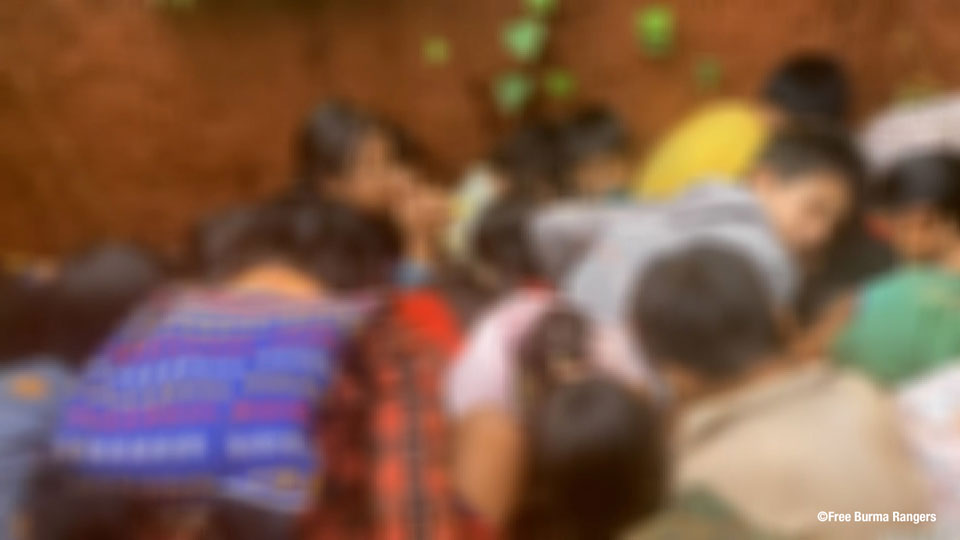
Russian assistance
Since April, eyewitnesses and analysts have reported sightings of one particular type of military aircraft. Leone Hadavi, a weapons analyst with Myanmar Witness, has identified the Yak-130, a Russian-built training and light combat jet, in attack operations. This marks a departure from the military's previous reliance on Chinese-made K-8 aircraft.
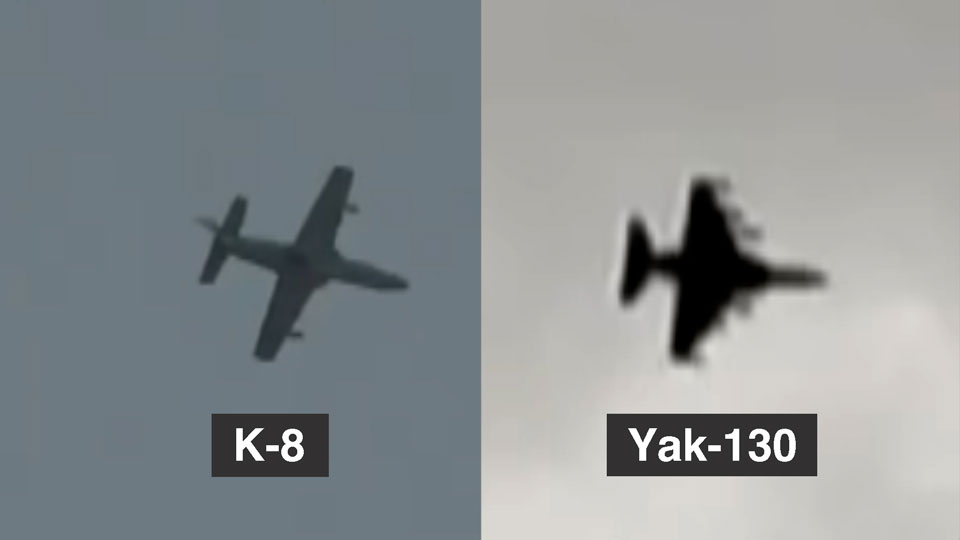
"It's a newer aircraft," says Hadavi. "It's very maneuverable. It's very flexible. It has a payload of 3,000 kilograms while the K-8 has a payload of less than 1,000 kilograms. So that's a huge difference."
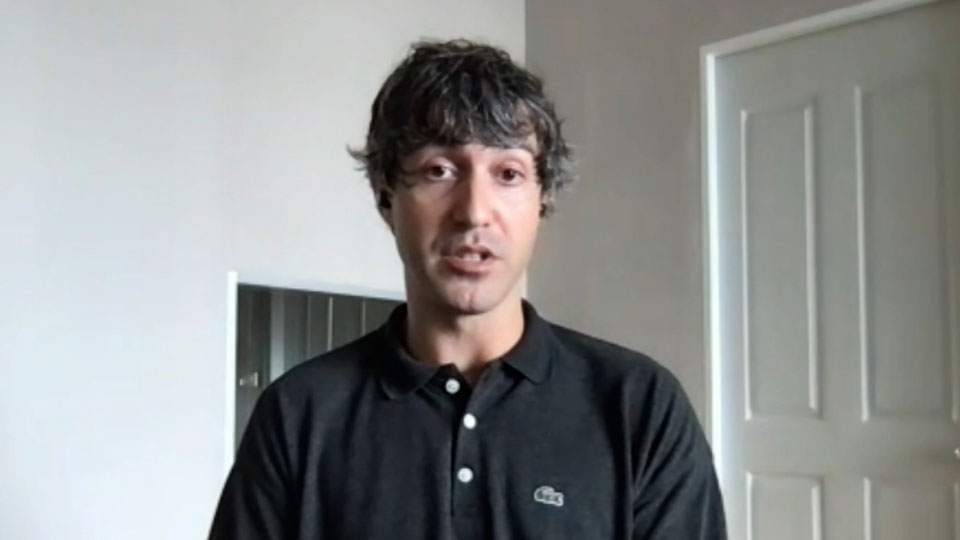
At a ceremony in December 2021 marking the anniversary of the Myanmar Air Force, generals unveiled six new Yak-130s. Analysts say the numbering system of those jets suggests the military now has a fleet of 20 Yak-130s.
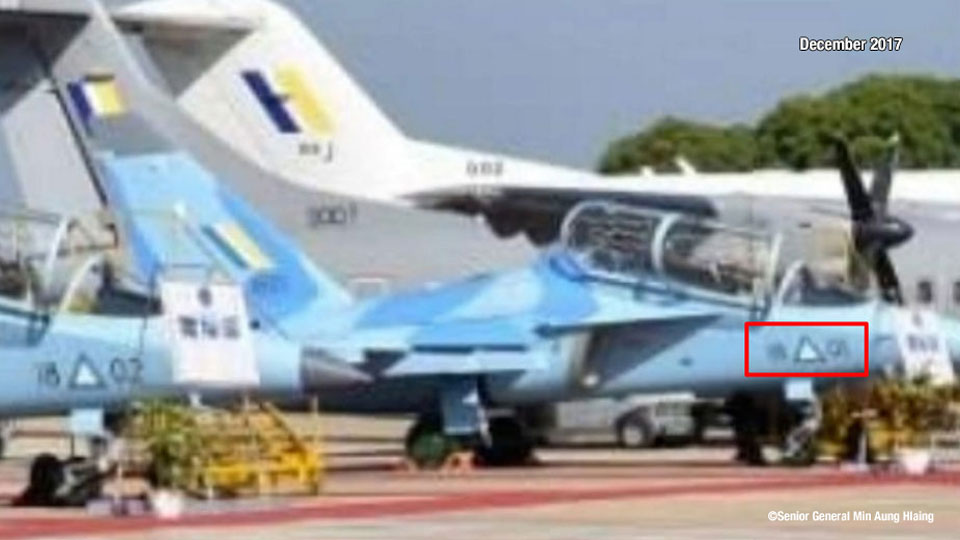
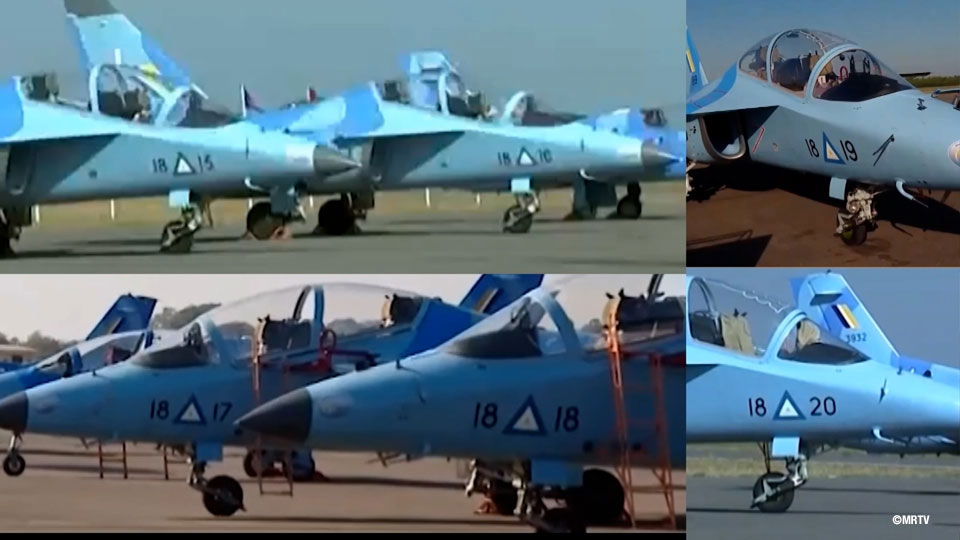
What makes the Yak-130 so deadly?
Despite offering high-performance advancements in some areas, Hadavi says the Yak-130 has one shortcoming that puts civilians at risk: the lack of advanced targeting systems.
"Because these weapons are not very technologically advanced when it comes to the targeting system, it means that whether it's their intention or not, the final results will be a lot of damage and casualties among the civilian population and property."
Salone believes it's very much intentional.
"in southeastern Kawkareik, in mid-October, the jets circled 50 times a day on reconnaissance missions before four came back to attack. When there is an airstrike, it is not so much our soldiers who suffer, it's the villagers who take more casualties. That's how they do things. It's intimidation.
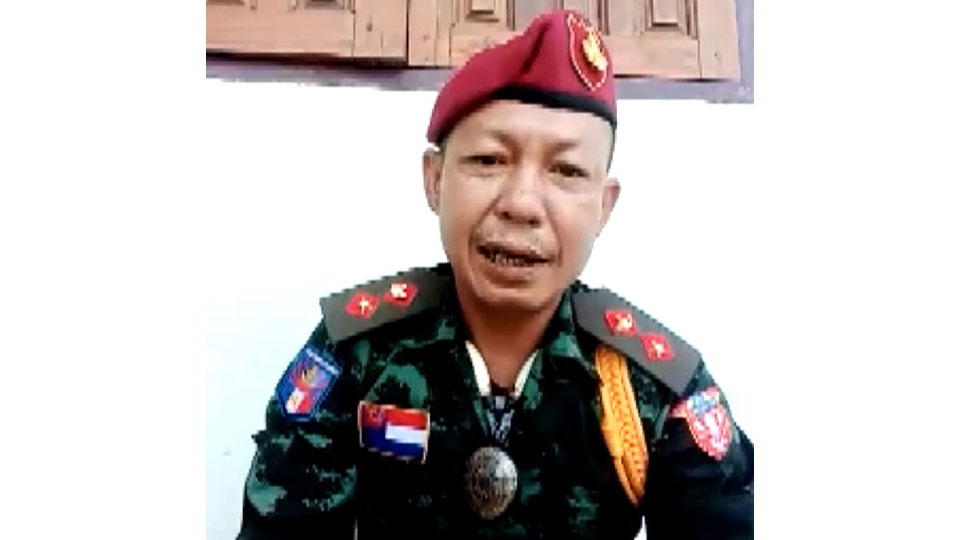
A new threat
In mid-October, posts on social media showed a new fighter jet flying over Myanmar. Experts at Myanmar Witness identified it as a Russian-made Sukhoi-30 and determined it was likely on a training exercise since it appeared to be unarmed. Hadavi says the Sukhoi-30's payload capacity is 8,000 kilograms, significantly greater than that of the Yak-130.
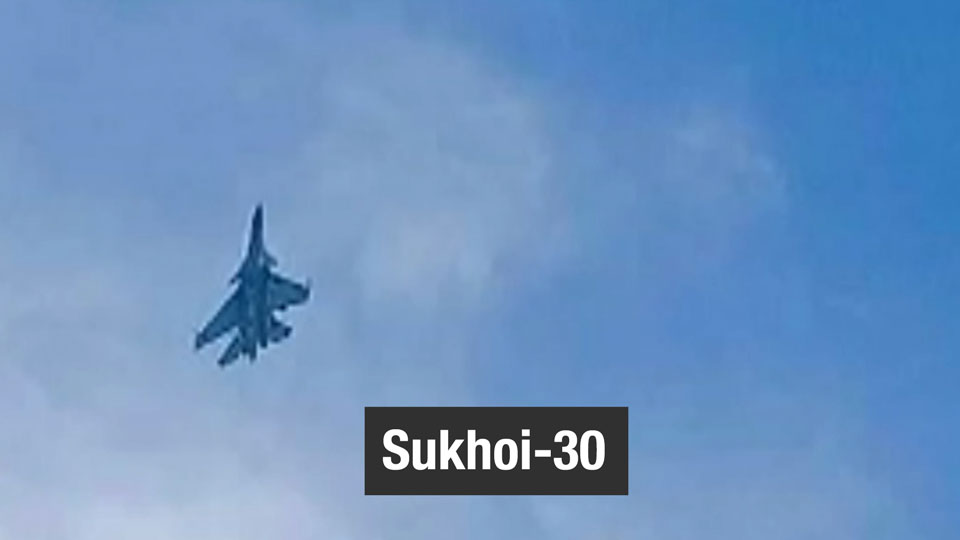
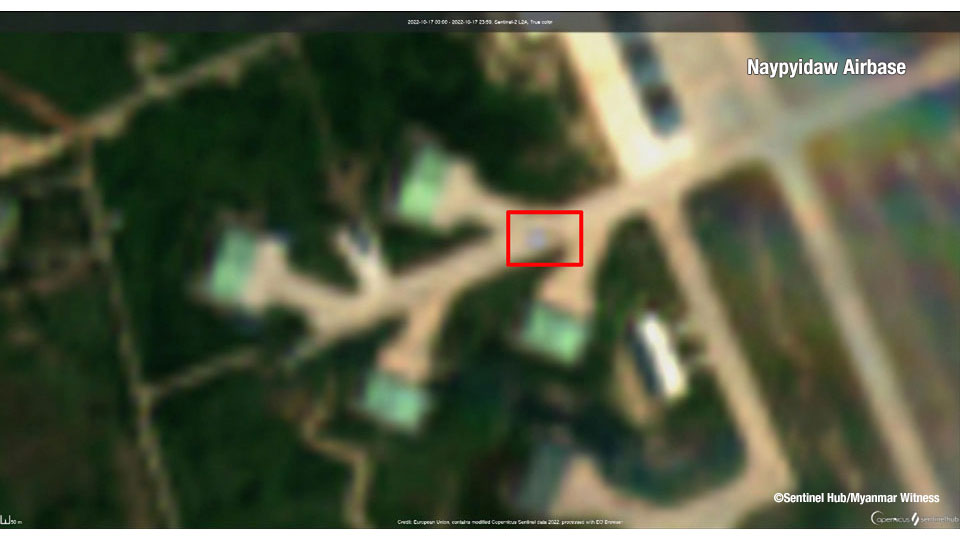
Then, on December 15th, at the Myanmar Air Force anniversary ceremony, the military confirmed it by revealing two new Sukhoi-30s.
Meanwhile, Russian state-owned media ran reports about an announcement by Russia's defense minister that his country would supply Myanmar with six Sukhoi-30s.
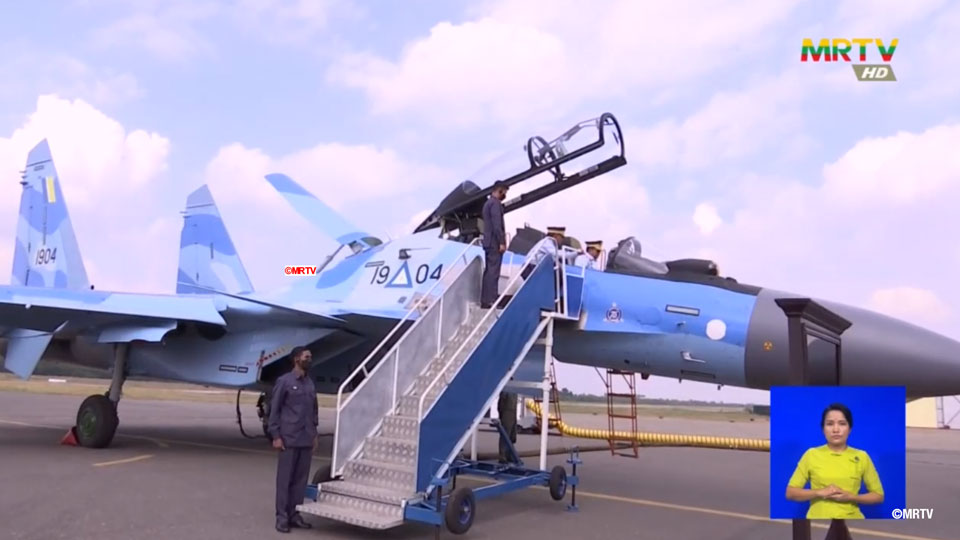
All of this suggests that Myanmar's military has been upgrading its air power with long-term Russian support.
"The K-8 is a basic trainer jet," says Hadavi. "The Yak-130 is an advanced trainer jet designed to train fighter pilots for 4th- and 5th-generation fighter jets. The Sukhoi-30 is a 4th-generation fighter jet. We are expecting an increase of the use of aircraft, which is also why Myanmar Witness is increasing its attention on the monitoring and analysis of the Myanmar Air Force."
Urgent action needed as crisis escalates
As the situation in Myanmar continues to deteriorate, ties between the junta and Russia have grown. In September, the head of the military, General Min Aung Hlaing, traveled to Russia to meet with President Vladimir Putin to discuss military and economic cooperation and praised him as a global leader that offers "stability and control."
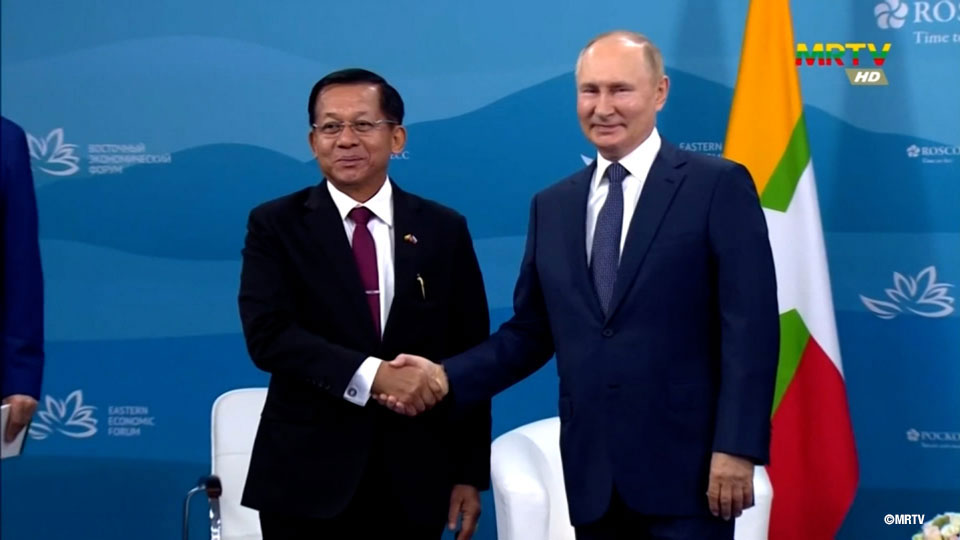
Dr. Simon Adams, an expert on human rights and civil conflicts warns of potential dangers if the international community continues to ignore the crisis in Myanmar. He likens the situation to past failures to intervene in Rwanda and Yugoslavia.
"I think it's a deep shame to the international community now that Myanmar joins that list of countries," he says. "Some sections have done things, but there needs to be more done across the entire international community to hold this criminal regime accountable for the atrocities that they are committing."

As the conflict in Myanmar escalates, civilians face mounting danger from the military's expanding arsenal. The question now is how much longer will the world stand by and watch. Failure to take strong and unified action risks not only the security and stability of Myanmar but also the integrity and credibility of the international community as a whole.
